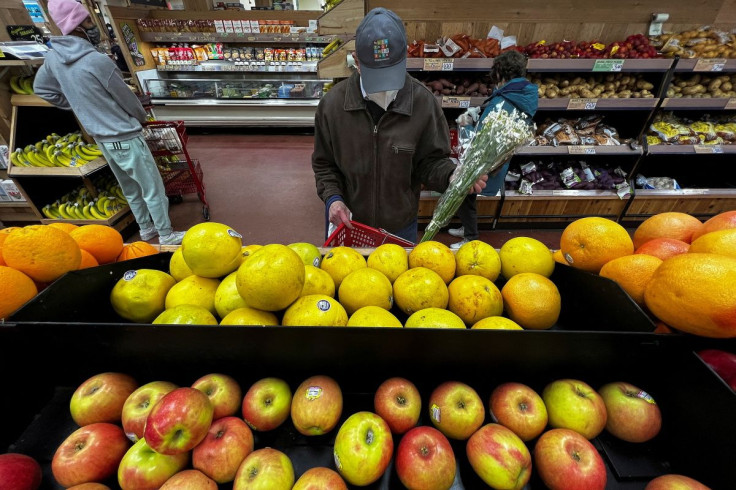Bets Rise On Bigger Fed Rate Hikes As Inflation Sears

Stubbornly hot U.S. inflation is fueling bets that the Federal Reserve will need to get more aggressive on interest rate hikes to cool price pressures, with chances of a 75-basis-point rate hike seen rising and the policy rate expected to top 3% by year end.
Rising food and record gas prices pushed the consumer price index (CPI) up 8.6% last month from a year earlier, a U.S. Labor Department report showed Friday, shattering any hopes that inflation had peaked the prior month.
Core CPI - which strips out volatile energy and food prices - rose 6%, down slightly from April's 6.2% pace but far from the "clear and convincing" sign of cooling price pressures that Fed Chair Jerome Powell has said he needs to see before slowing rate hikes.
"So much for the idea that inflation has peaked," wrote Bankrate chief financial analyst Greg McBride. "Any hopes that the Fed can ease up on the pace of rate hikes after the June and July meetings now seems to be a long shot."
Fed policymakers have already all but promised half-point interest rate hikes at their next two meetings - the first next week, and the second in late July.
Traders of interest rate futures still see a half-point interest rate hike as by far the most likely outcome of the Fed's meeting next week, but are now pricing in about a 20% chance of a bigger hike this month, up from less than 5% before the May inflation report.
Odds are near 50-50 of a 75-basis-point hike by the Fed's July meeting, according to CME FedWatch's summary of fed funds futures pricing.
Yields on the two-year Treasury note, seen as a proxy for the Fed's policy rate, rose the most in four months and topped 3% for the first time since 2008.
Economists at Barclays on Friday said they believe U.S. central bankers have "good reason to surprise markets" by delivering a bigger rate hike than expected next week, though they said it was a close call.
Some policymakers had thought that by September their own rate hikes, along with easing supply chain pressures and an expected shift in household spending away from supply-constrained goods and toward services, would have started to ease price pressures.
Friday's inflation read report suggested the opposite.
Used car prices, which had been sinking, reversed course and rose 1.8% from the prior month; airline fares rose by 12.6% from the prior month, and 37.8% from a year earlier. Prices for shelter - where trends tend to be particularly persistent - rose 5.5%, the biggest jump since February 1991.
Those figures suggest U.S. central bankers may stay locked into half-point increases through their September meeting and even beyond as they try to wrangle inflation lower by slowing the economy.
Traders of futures tied to the Fed's policy rate are now betting on half-point rate hikes at least through September, with some chance of an even bigger rate hike before then. Contracts reflect expectations for the policy rate to end the year in the 3%-3.25% range.
The Fed's current policy rate target is now 0.75%-1%. Fed officials want to get it higher without undermining a historically tight labor market and sending the economy into recession.
May's inflation report appears to make that task even harder.
"These are ugly numbers...I'd say we'll probably be in a recession in the fourth quarter of this year with confirmation in the second quarter of 2023," said Peter Cardillo, chief market economist at Spartan Capital Securities.
U.S. consumer sentiment plunged to a record low in early June, the University of Michigan said its preliminary consumer sentiment showed Friday.
© Copyright Thomson Reuters 2024. All rights reserved.





















